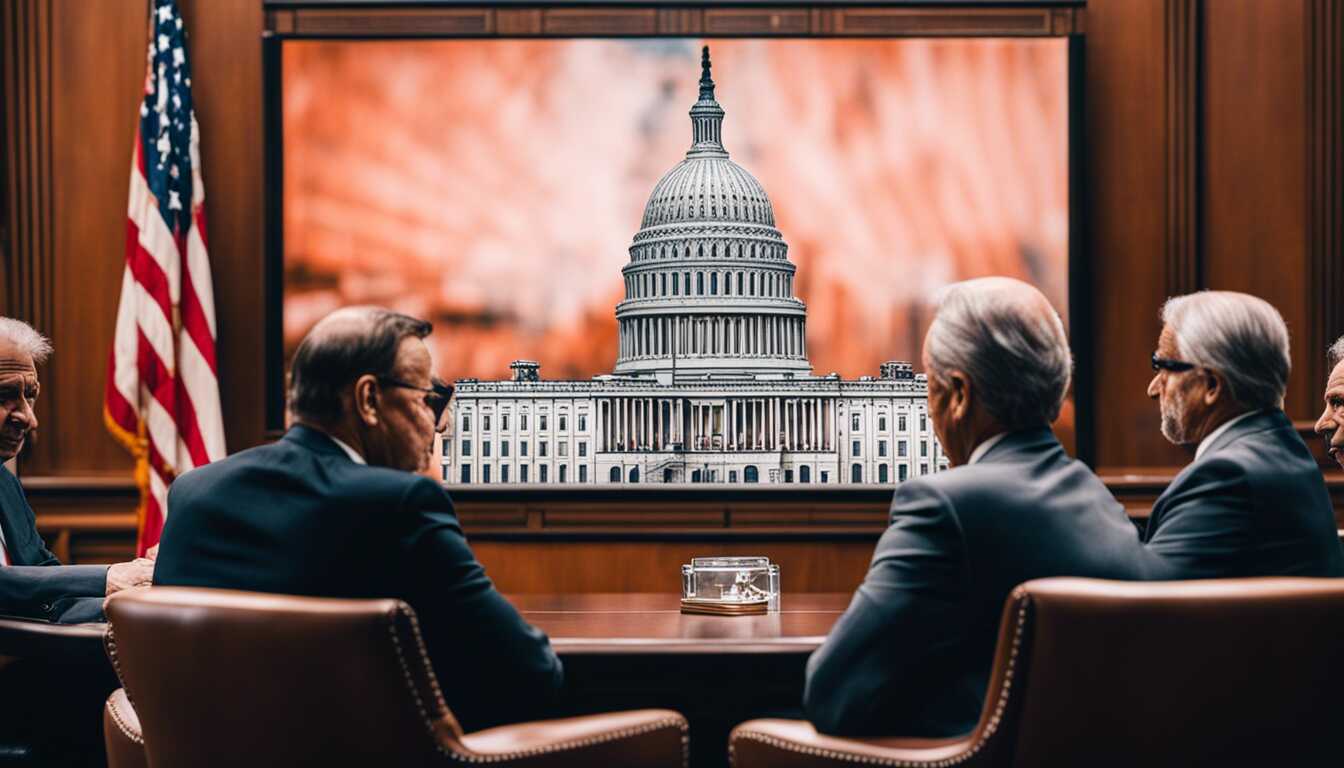As the March government shutdown deadlines quickly approach, U.S. lawmakers have agreed on the total amount of government spending but remain deeply divided on how to allocate these funds. The $1.66 trillion government funding deal reached by House Speaker Mike Johnson (R-La.) and Senate Majority Leader Charles E. Schumer (D-N.Y.) aligns with a framework set by President Biden and then-Speaker Kevin McCarthy (R-Calif.) last spring. However, despite agreeing on overall spending limits, the House and Senate are at odds over specific spending provisions, leading to a contentious negotiation process.
Congressional Divide on Allocation of Funds
While the Senate largely adhered to the spending bills in accordance with the Biden-McCarthy deal, the House proposed substantial funding cuts and included numerous controversial policy provisions, also known as "riders." For instance, the House's bill to fund the Transportation Department includes a 64% cut to Amtrak and a $25 billion reduction from the IRS, while the appropriation for the State Department bans funding for the World Health Organization and other initiatives. Additionally, the bill for the Interior Department slashes the Environmental Protection Agency's budget by 40%, and the financial services appropriation claws back $10 billion from the IRS.
Fast-Approaching Deadlines and Negotiation Challenges
With a temporary spending level law set to expire soon, approximately 20% of the government faces funding depletion on March 1, followed by 80% on March 8. Under these circumstances, House and Senate negotiators must reconcile all 12 bills to secure passage in both chambers and fund operations for the full year. However, the deep divisions between the two chambers have hindered the negotiation process, increasing the likelihood of another temporary extension or a possible partial shutdown.
Policy Provisions and Consequences
House Republicans have pursued non-spending-related policy riders, aiming to prevent federal agencies from implementing Biden administration climate change rules and to block federal resources from going to certain health care providers. However, these policy riders have sparked disagreements and are likely to be excluded from the final legislation. Nonetheless, the proposed appropriations differences, essentially enabling policymaking through spending, could have significant implications if enacted. Notably, the proposed cuts to Amtrak and the WHO could lead to service reductions and devastating impacts on global health initiatives, respectively.
Challenges and Perspectives
While negotiations are ongoing, House Republicans are determined to maintain the policy provisions included in their bills, reflecting the ongoing struggle to reach a consensus. Despite the differences, both chambers are engaged in the negotiation process, aiming to prioritize and safeguard the key elements of their respective bills. However, challenges persist, especially regarding the severe cuts and their potential consequences, as well as the need for cooperation and goodwill to navigate the negotiation process effectively.
In conclusion
, the deep policy divisions within Congress, particularly concerning the allocation of funds and policy provisions, continue to pose significant challenges in the negotiation of government spending bills. With the looming deadlines and substantial differences between the House and Senate bills, the path to reaching a consensus and avoiding a government shutdown remains uncertain, requiring extensive negotiation and cooperation between lawmakers from both parties.Share news

